Gliese 12b - Unveiling the Secrets of a Venus-like Exoplanet

In the vast expanse of the cosmos, nestled within the constellation Pisces, lies a red dwarf star known as Gliese 12. Orbiting this cool, dim star is a planet of particular interest to astronomers: Gliese 12b. This intriguing exoplanet, roughly the size of Venus, has captured the attention of scientists worldwide, offering a unique opportunity to delve into the characteristics of Earth-like planets beyond our solar system.
A Celestial Neighbor in Cosmic Terms
Gliese 12b is relatively close in astronomical terms, situated approximately 40 light-years from Earth. While this distance may seem insurmountable with our current technology – a journey of roughly 300,000 years with our fastest spacecraft – it places Gliese 12b within the realm of detailed observation using advanced telescopes.
Unveiling the Mysteries of Gliese 12b
A team of international scientists, led by Larissa Palethorpe from the University of Edinburgh, embarked on a mission to unravel the secrets held by Gliese 12b. Their primary tool: NASA's Transiting Exoplanet Survey Satellite, or TESS. This space telescope, designed to detect exoplanets through the subtle dimming of starlight as planets transit in front of their host stars, proved instrumental in the discovery and characterization of Gliese 12b.
Through meticulous observations and analysis of TESS data, the team made remarkable strides in understanding this distant world. They determined that Gliese 12b completes an orbit around its star every 12.8 days, a swift journey compared to Earth's 365-day orbit. This close proximity to its star subjects Gliese 12b to intense radiation, resulting in scorching surface temperatures that likely preclude the existence of liquid water.
Implications for the Search for Life
While the extreme conditions on Gliese 12b make it an unlikely candidate for harboring life as we know it, its discovery holds profound implications for the search for extraterrestrial life. By studying planets like Gliese 12b, which share similarities in size and composition with Venus, scientists can gain valuable insights into the diverse range of planetary environments that exist in the universe.
The study of exoplanets like Gliese 12b allows scientists to refine their understanding of planetary formation and evolution. By comparing and contrasting these distant worlds with our own solar system's planets, researchers can piece together the intricate processes that shape planetary systems and influence their potential for habitability.
A Stepping Stone to Future Discoveries
The discovery and characterization of Gliese 12b serve as a testament to the power of modern astronomical instruments and the tireless efforts of scientists to explore the cosmos. As we continue to peer deeper into the universe, uncovering the secrets of distant worlds, each new discovery brings us closer to answering the fundamental question: Are we alone in the universe?
Gliese 12b, though inhospitable to life as we know it, provides a unique window into the diversity of planetary systems. It serves as a reminder that our solar system, with its habitable Earth, is just one example of the countless planetary possibilities that exist in the vast expanse of the cosmos. The quest to understand these distant worlds continues, fueled by the insatiable human desire to unravel the mysteries of the universe and our place within it.
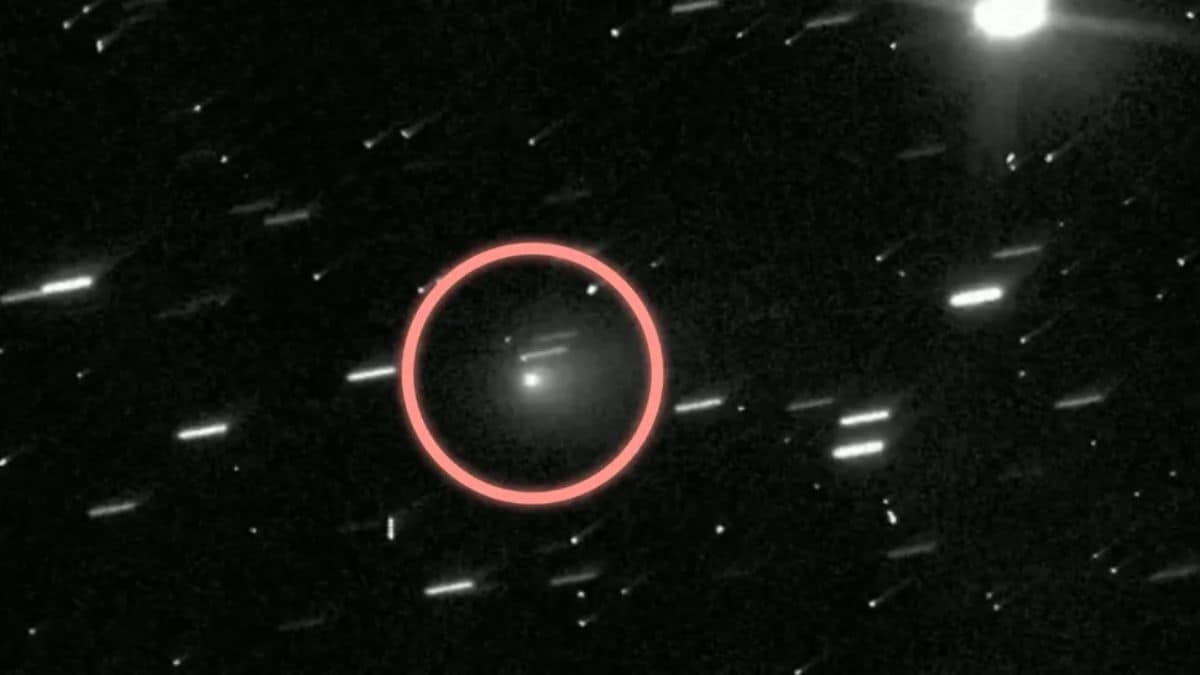
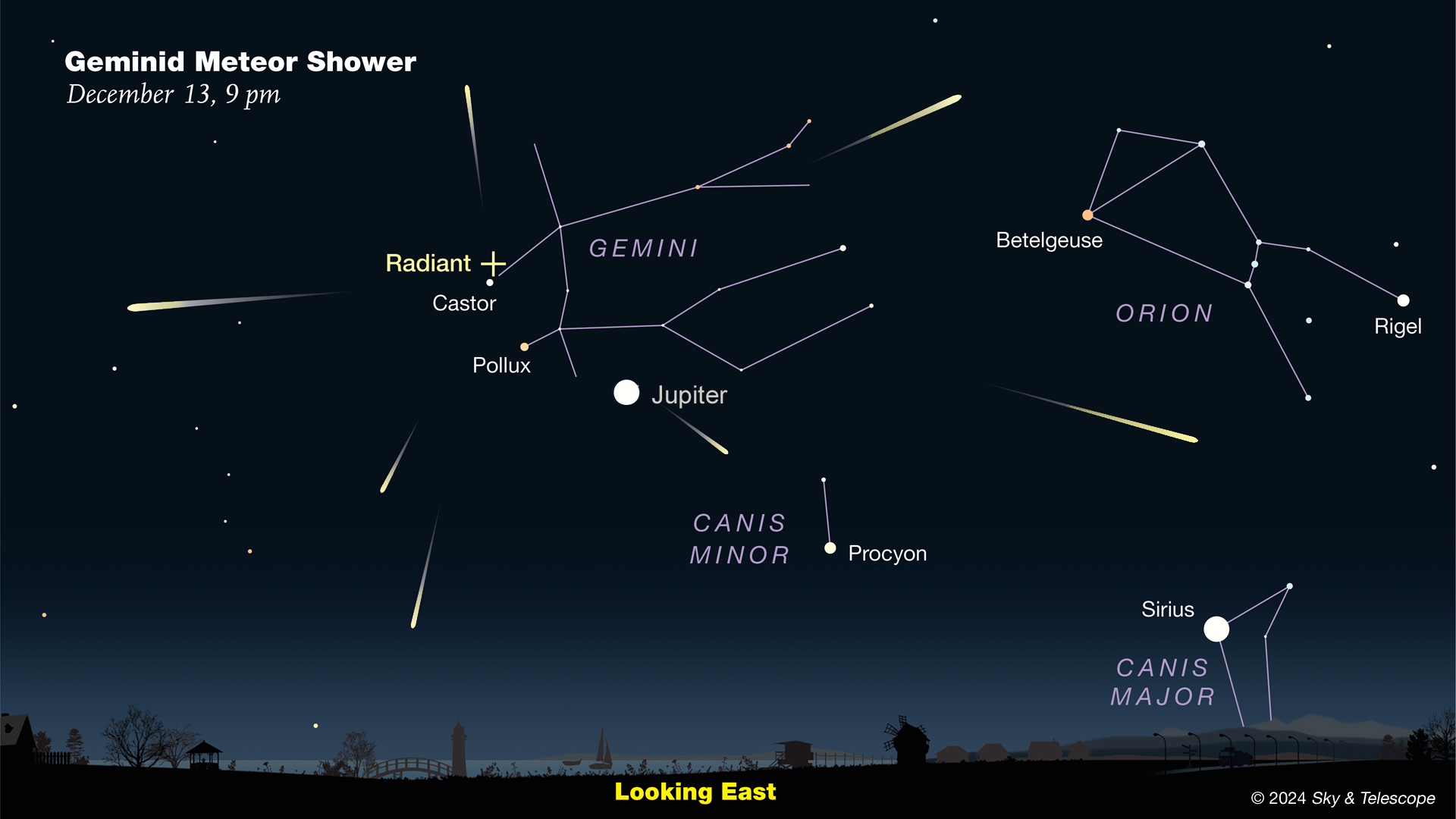
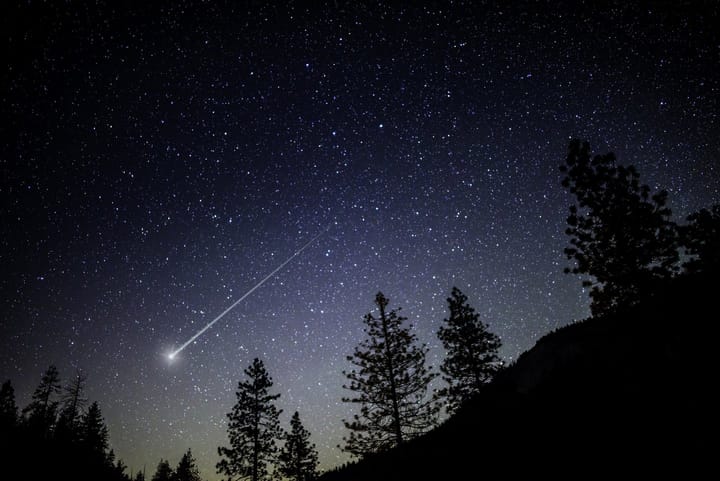
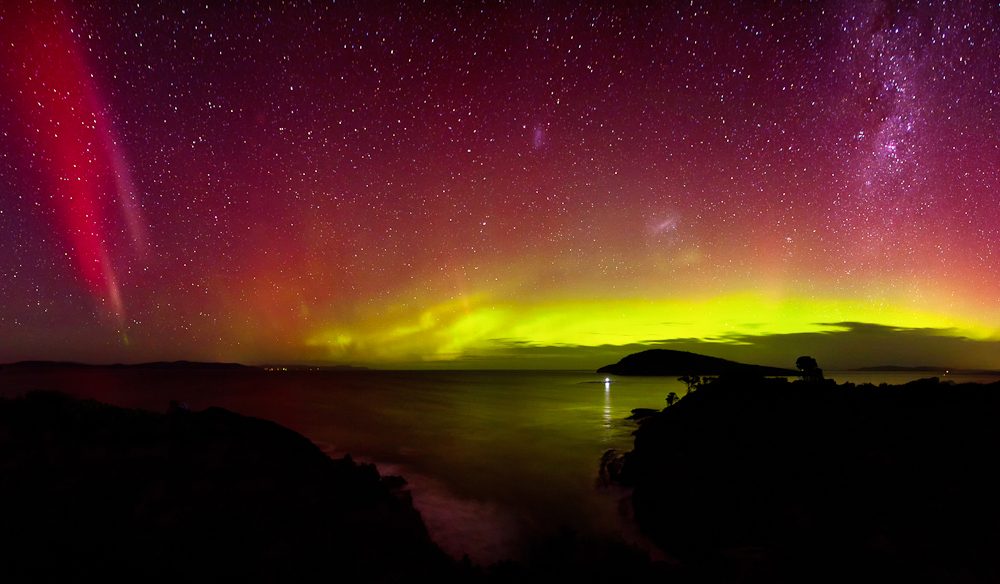

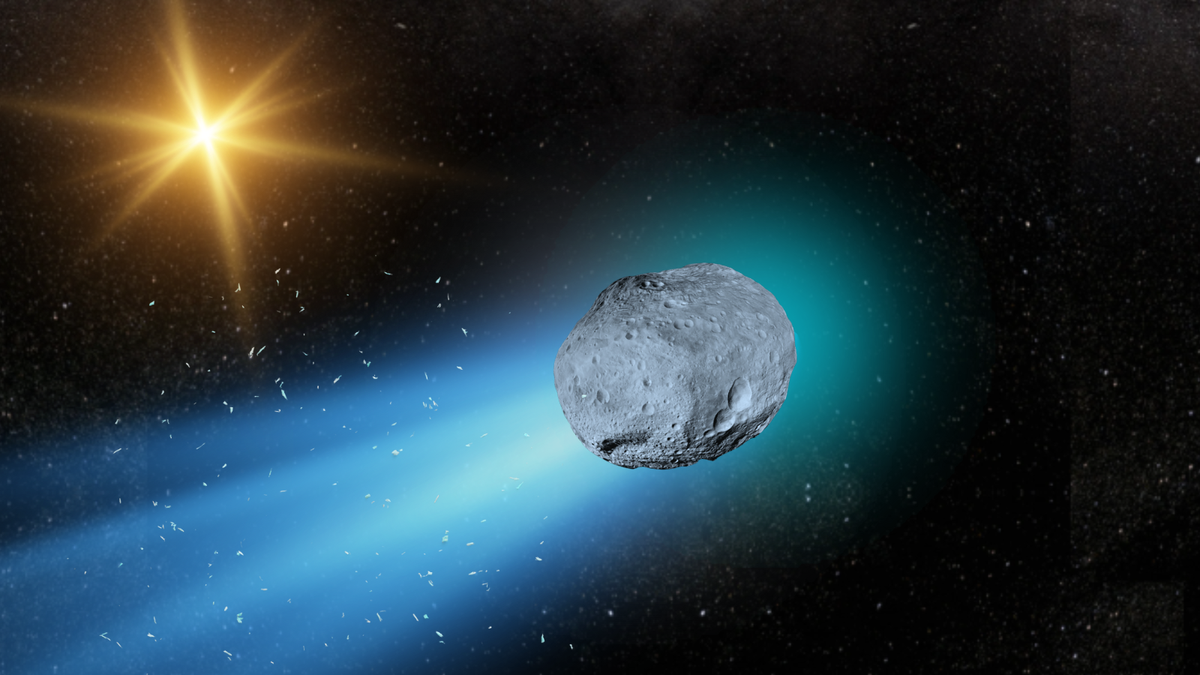
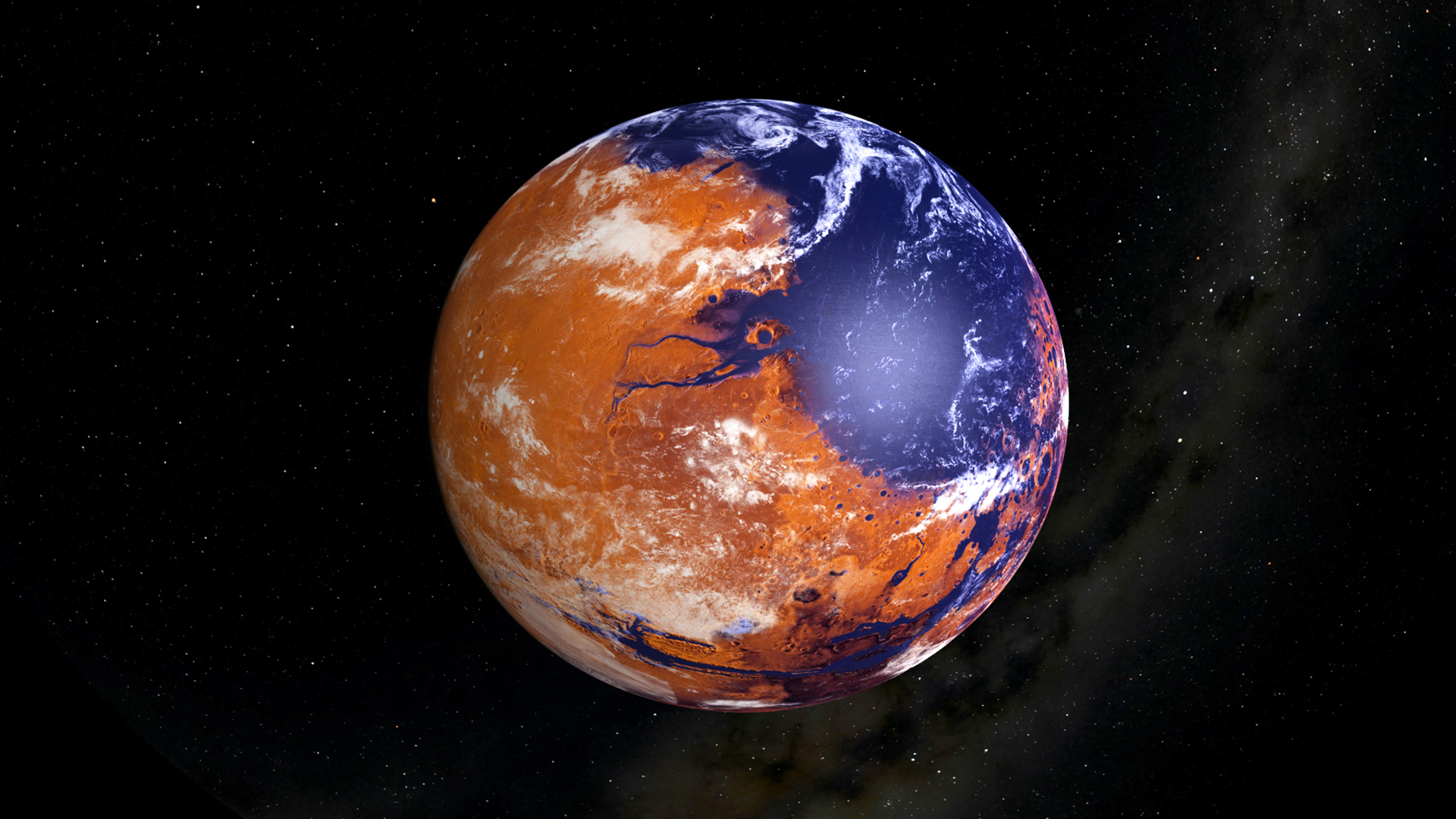
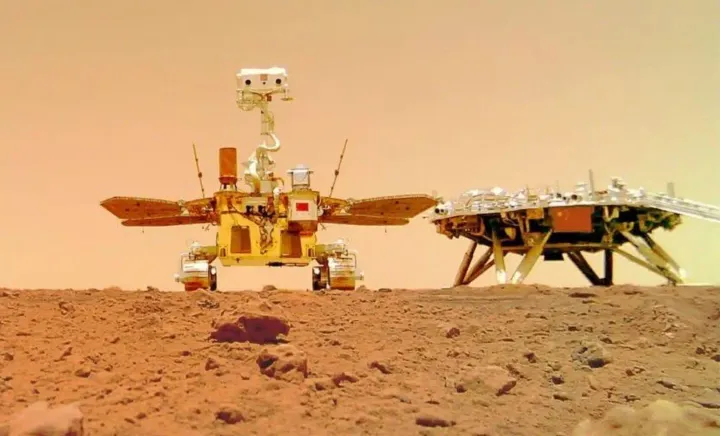









Comments ()